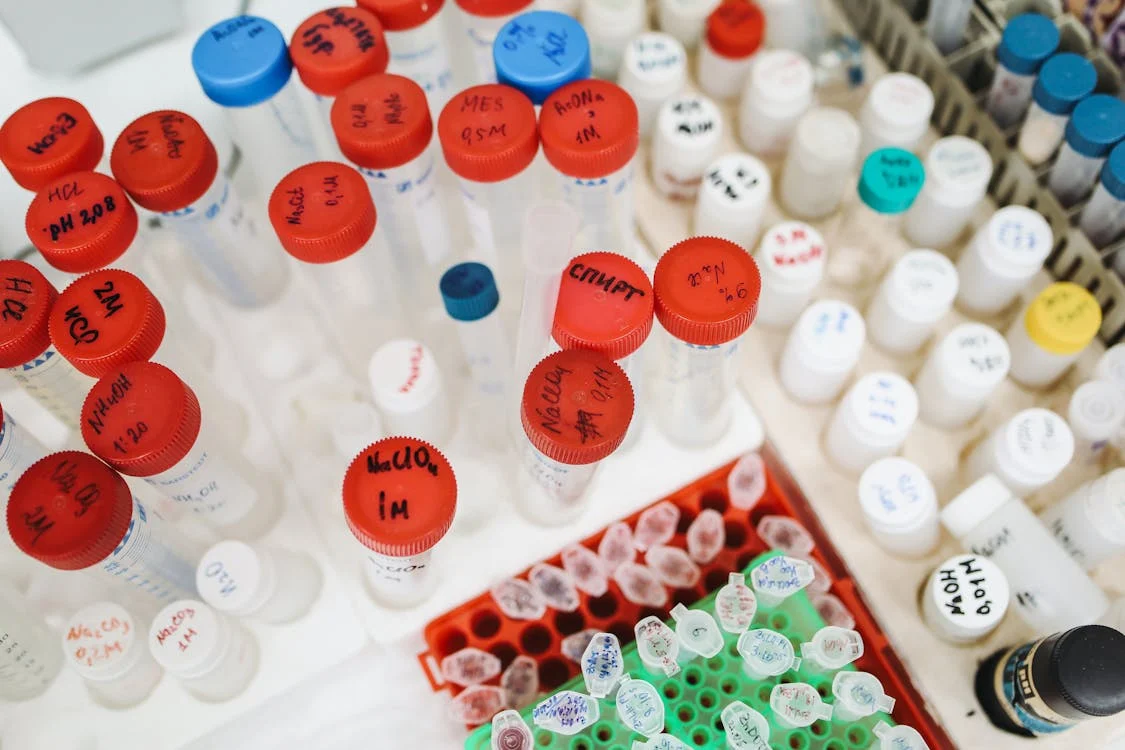Ethyl cyanoacetate is a compound that is used in the synthesis of pharmaceuticals, agrochemicals, and other specialty chemicals. It is a versatile building block in organic chemistry due to its ability to undergo various reactions to produce compounds with diverse chemical properties. These compounds play a crucial role in everyday life as they are utilized in the production of medications, pesticides, and other products that are vital to our health and well-being. Overall, ethyl cyanoacetate contributes significantly to advancements in the fields of medicine, agriculture, and materials science, making it an important compound in various aspects of daily life.
Table of Contents:
- 💡 Commercial Applications
- ⚗️ Chemical & Physical Properties
- 🏭 Production & Procurement
- ⚠️ Safety Considerations
- 🔬 Potential Research Directions
- 🧪 Related Compounds
💡 Commercial Applications
Ethyl cyanoacetate is a versatile compound that finds wide use in commercial and industrial applications. In the field of organic synthesis, it is commonly employed as a starting material for the production of various pharmaceuticals, agrochemicals, and dyes. It is also utilized as a precursor for the synthesis of complex molecules in the field of medicinal chemistry.
In industry, ethyl cyanoacetate is used as a building block for the synthesis of other compounds such as α-cyanocarboxylic acids, which are important intermediates in the production of pharmaceuticals and fine chemicals. It is also utilized in the manufacturing of perfumes, flavorings, and other specialty chemicals. Additionally, ethyl cyanoacetate can be used as a stabilizer for organic peroxides in polymer chemistry.
In the field of drug development and medication, ethyl cyanoacetate plays an important role as a key intermediate in the synthesis of various pharmaceutical compounds. It is used in the production of drugs that target a wide range of therapeutic areas, including cardiovascular diseases, central nervous system disorders, and cancer. Additionally, ethyl cyanoacetate can be modified to introduce specific functional groups that enhance the biological activity of the resulting drug molecule.
⚗️ Chemical & Physical Properties
Ethyl cyanoacetate is a colorless liquid with a mildly sweet odor. It is commonly used in organic synthesis due to its reactivity and versatility.
The molar mass of Ethyl cyanoacetate is approximately 129.11 g/mol, and its density is about 1.085 g/cm³. When compared to common food items, Ethyl cyanoacetate has a higher molar mass and density than most food molecules.
Ethyl cyanoacetate has a melting point of around -55°C and a boiling point of about 211°C. Compared to common food items, Ethyl cyanoacetate has significantly higher melting and boiling points than substances like sugar or salt.
Ethyl cyanoacetate is sparingly soluble in water, with a viscosity similar to other organic compounds. In comparison to common food items, Ethyl cyanoacetate has lower solubility in water and higher viscosity than substances like water or vinegar.
🏭 Production & Procurement
Ethyl cyanoacetate is typically produced through the Knoevenagel condensation reaction between ethyl cyanoacetate and an aldehyde in the presence of a base catalyst. This reaction yields Ethyl cyanoacetate along with water as a byproduct. The purity of the final product is crucial in most applications, therefore rigorous purification steps are often implemented.
Ethyl cyanoacetate can be procured from specialty chemical suppliers or pharmaceutical companies that manufacture organic compounds. The compound is typically transported in sealed containers to prevent contamination or degradation during transit. Due to its potential reactivity and toxicity, special precautions must be taken when handling and storing Ethyl cyanoacetate.
Once procured, Ethyl cyanoacetate can be stored in a cool, dry place away from direct sunlight and sources of heat. Proper labeling and safety data sheets should accompany the compound to ensure safe handling practices. In industrial settings, Ethyl cyanoacetate may be stored in bulk tanks or drums for ease of use and distribution.
⚠️ Safety Considerations
Safety considerations for Ethyl cyanoacetate must include proper handling and storage procedures to prevent potential hazards. This compound should be stored in a cool, dry, well-ventilated area away from incompatible materials. It is imperative to wear appropriate protective gear when handling Ethyl cyanoacetate, including gloves, goggles, and a lab coat to prevent skin contact and inhalation of fumes. In case of accidental exposure, immediate medical attention should be sought, and the material safety data sheet (MSDS) should be consulted for proper first aid measures.
Hazard statements for Ethyl cyanoacetate include its flammable nature, which poses a fire hazard, and its ability to cause irritation to the eyes, skin, and respiratory system upon contact. This compound may also be harmful if swallowed, leading to potential health hazards if not handled properly. Ethyl cyanoacetate has the potential to cause serious eye damage or respiratory irritation, emphasizing the importance of cautious handling and proper protective measures to minimize risks of exposure.
Precautionary statements for Ethyl cyanoacetate must stress the importance of proper storage, handling, and disposal methods to prevent accidents and exposure. It is recommended to keep this compound tightly sealed in a well-ventilated area and away from ignition sources to reduce the risk of fire hazards. When handling Ethyl cyanoacetate, it is crucial to wear appropriate personal protective equipment, including gloves and goggles, and avoid breathing in fumes to prevent potential health effects. In case of accidental exposure, thorough washing of the affected area and seeking medical attention is advised to minimize adverse effects.
🔬 Potential Research Directions
One potential research direction for ethyl cyanoacetate is its role as a key intermediate in organic synthesis, particularly in the formation of heterocyclic compounds. Additionally, studies could explore its potential as a precursor for the synthesis of pharmaceuticals and agrochemicals due to its versatile chemical structure.
Furthermore, research could investigate the reactivity and stability of ethyl cyanoacetate under various conditions, as well as its potential applications in materials science and industrial processes. Understanding the mechanisms of its reactions could lead to the development of new synthetic methodologies and strategies for the efficient production of valuable compounds.
Finally, investigations into the toxicological properties and environmental impact of ethyl cyanoacetate could also be a fruitful research direction, particularly in terms of assessing its safety for human health and the ecosystem. This could contribute to the development of guidelines and regulations for its handling and use in various industries.
🧪 Related Compounds
One similar compound to Ethyl cyanoacetate in terms of molecular structure is Methyl cyanoacetate. This compound has a methyl group attached to the carbon chain instead of an ethyl group, resulting in slightly different chemical properties. Methyl cyanoacetate is commonly used in organic synthesis and as a building block for other compounds.
Another compound with a molecular structure similar to Ethyl cyanoacetate is Propyl cyanoacetate. In this compound, a propyl group is attached to the carbon chain instead of an ethyl group, leading to variations in reactivity and stability. Propyl cyanoacetate is also used in organic chemistry for various reactions and as an intermediate in the synthesis of pharmaceuticals and agrochemicals.
One more related compound is Isopropyl cyanoacetate, which contains an isopropyl group attached to the carbon chain instead of an ethyl group. This structural difference affects the compound’s physical and chemical properties, making it useful in different applications. Isopropyl cyanoacetate is utilized in the production of flavors, fragrances, and as a building block in organic synthesis.








